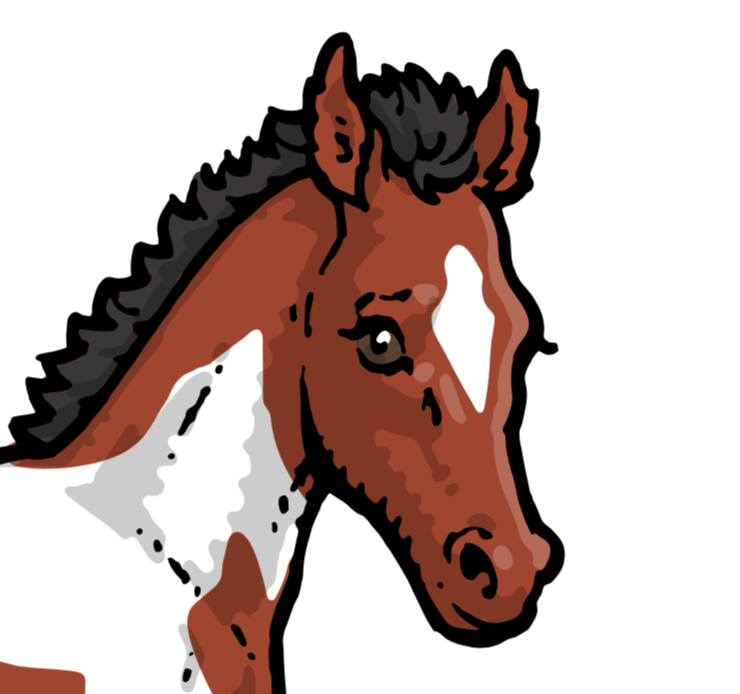Toxic Weeds
Common toxic weeds found in NSW Australian paddocks
| Name | Description | Effect | Image |
|---|---|---|---|
| Patersons Curse | Rossette in autumn and purple flowers in spring and summer. | Liver damage if grazed on for an extended period of time. | 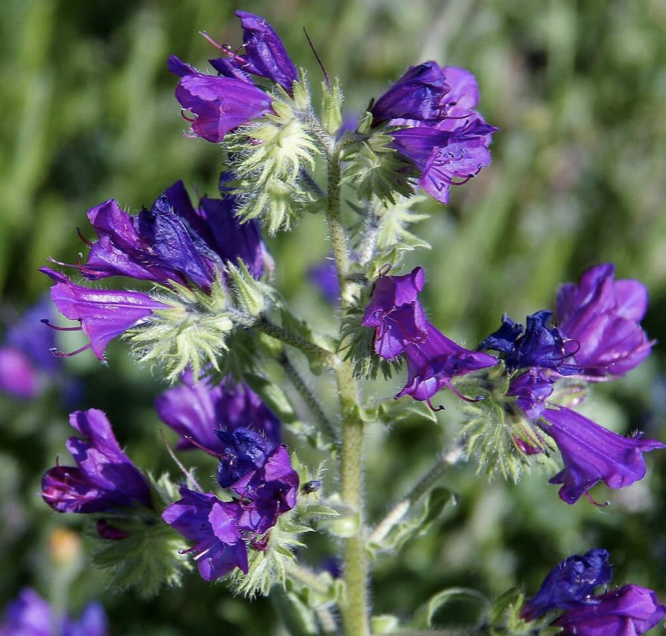 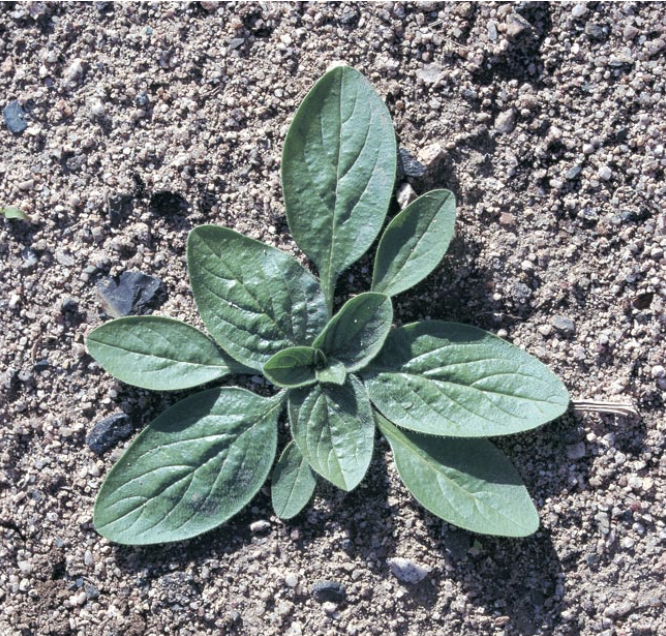 |
| Ragwort | Tall, erect plant to 90cm that has large, flat topped clusters of daisy like flowers from July to October. | Liver damage if grazed on for an extended period of time. Toxins can build up in the body and can cause damage long after ingestion. | 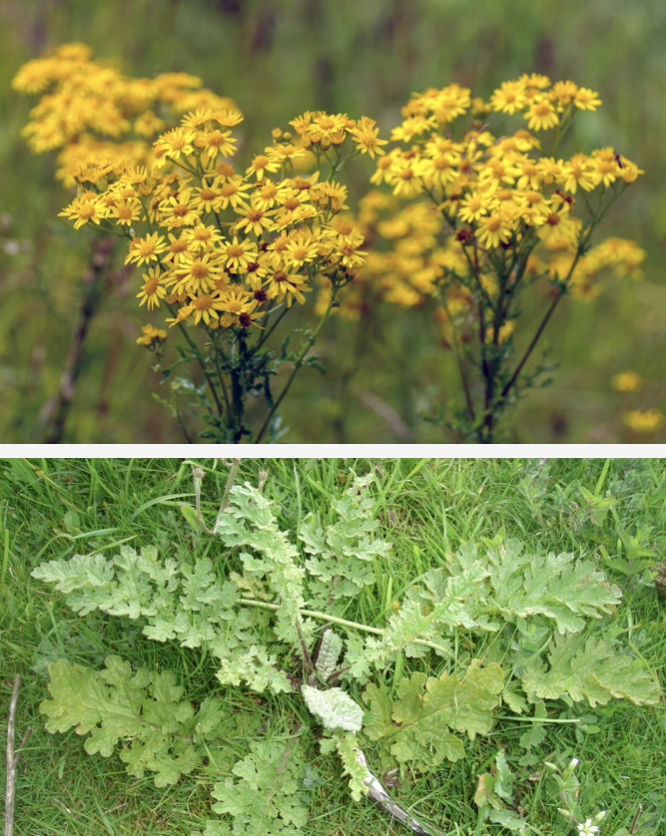 |
| Nightshade | A family of plants that includes tomatoes, eggplants, potatoes and peppers. Perennial plant with long thin branches and oval-shaped leaves. The flowers are bell shaped and purple or green in saturation. | Ingestion nightshade plants (fresh or dried) causes variable signs of colic within a few hours of ingestion. | 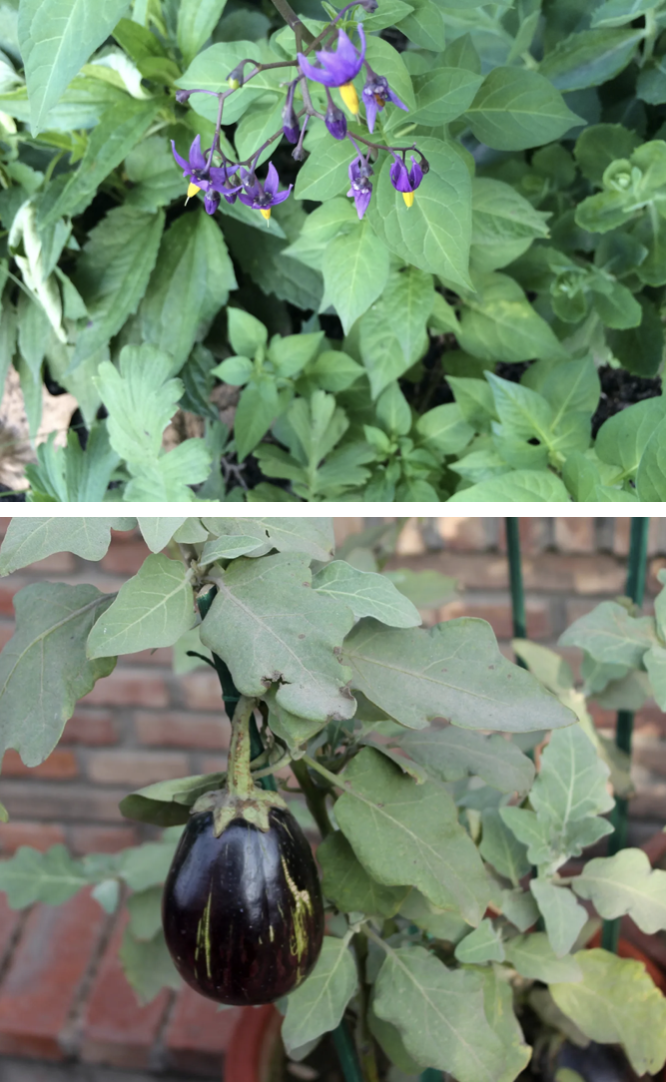 |
| Hemlock | Grows up to 2.5 metres high. The taproot is long and white. The green stems are hollow, waxy-looking and spotted with purple and reddish-brown splotches. The flowers are white clusters in geometric patterns. | Affects both the central and peripheral nervous systems. A lethal dose for a horse is around 2kg of leaves and consumption can cause respiratory failure in less than 3 hours. | 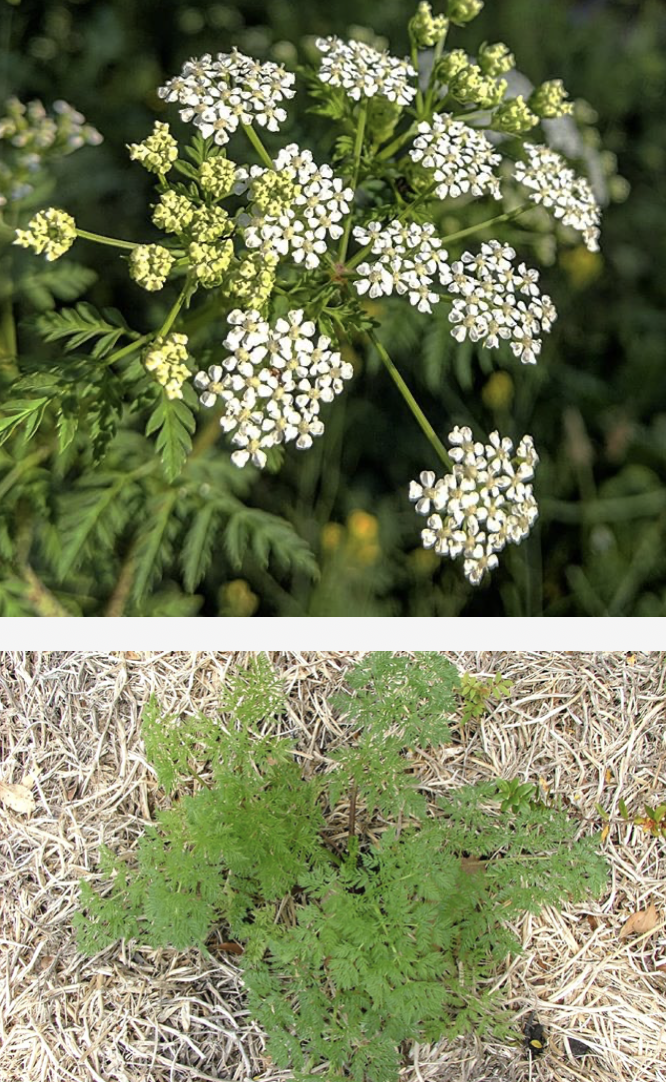 |
| Oleander | Evergreen shrub with thick and pointy leaves arranged in three along the stem. It produces clusters of reddish 5-petalled flowers at the end of the branches that flower summer to autumn seasons. | Oleander contains cardiotoxic compounds that are known to poison horses. The primary toxic agent, oleandrin causes heart arrhythmias that lead to cardiac arrest and death. | 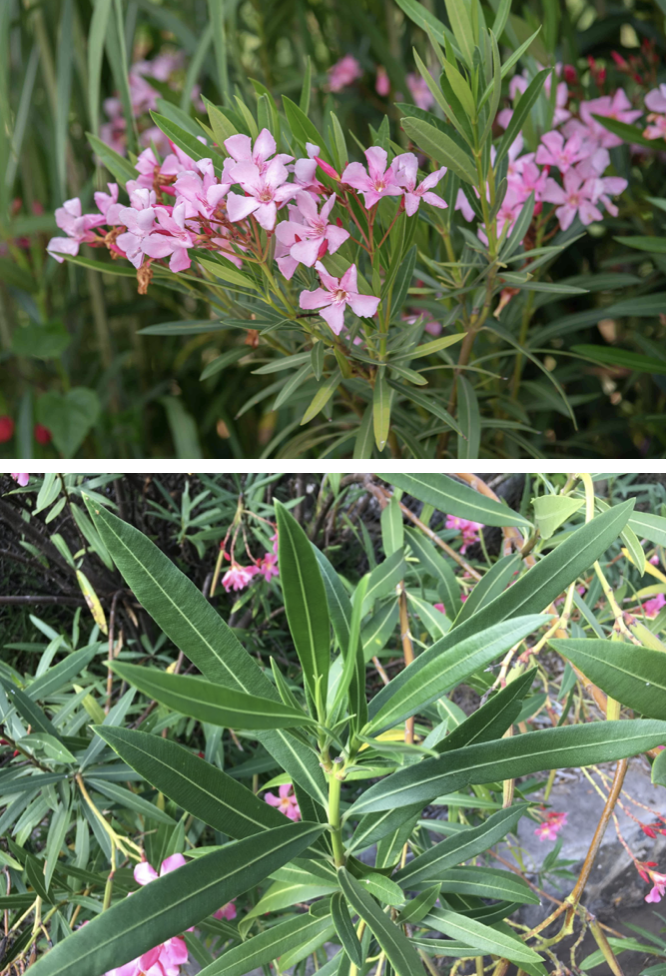 |
| Bracken | A genus of fern that has broad, triangular leaves or fronds. It is a large fern that favours dry, acid soil and spreads underground by rhizomes. The plant dies in the winter, leaving brown withered fronds. In spring, new, light green fronds appear. | Both the leaves and fronds are toxic to horses, even when whithered and dry, either in hay or in the winter when it naturally dies. The bracken fern is palatable to some horses and they will seek it out even when there are other grazing options. | 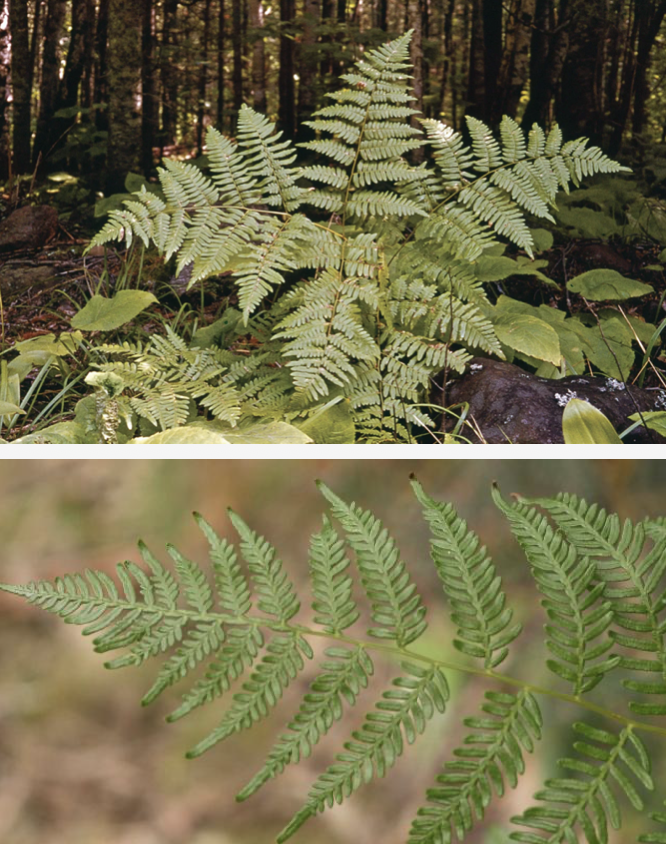 |
| Pimelea | A low density shrub with neat, shiny, glossy-green foliage. It produces bright pink flowers that are small and in high abundance per plant. | Signs of depression, severe stomatitis and glossitis, colic, abundant watery diarrhoea and icterus. | 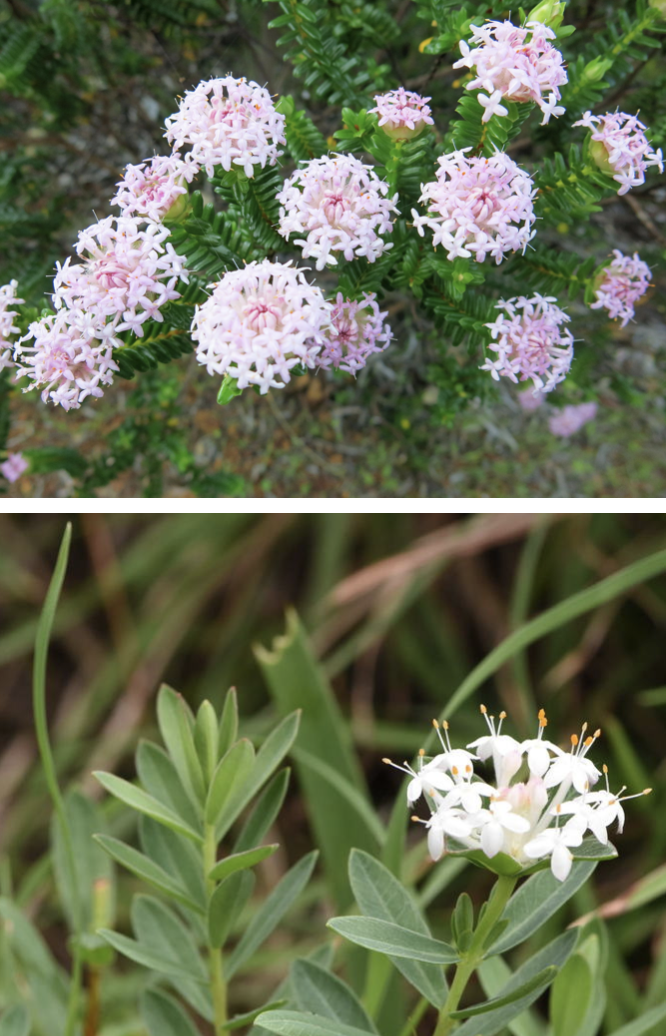 |
NOTE: In Australia’s Eastern States, the caterpillar Ochrogaster lunier (processionary caterpillar) has been linked to equine amnionitis and foetal loss and is the cause of about 1/3 of horse abortions in affected areas. The ingestion of larvae or cast skins by mares results in the harpoon like hairs to penetrate the gut, migrating through the uterus and causing the mares to abort their foetuses. There are solutions to this issue, however the primary way of controlling the risk currently is to reduce the breeding spaces for the caterpillars near horse paddocks.
Genetic Testing: Practical Horse Genetics
See more
Show me More Information or Stallion Listing.
